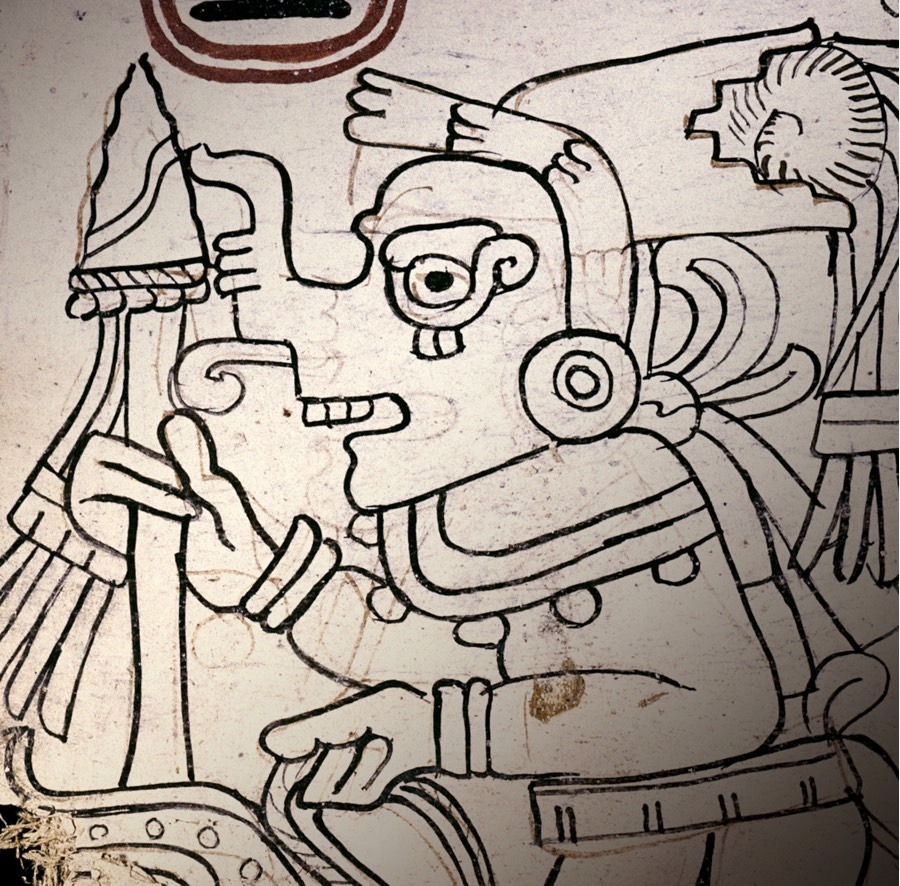Disputes over the rare Grolier Codex have been going on for decades. However, a group of researchers have determined that this rare text is actually real.
Now that experts have determined the authenticity of the text, they have now determined it to be the oldest known manuscript to come out of the Americas. It is also one of the four Maya codices that experts know of today.
Made up of 10 pages, the fragmentary codex is full of hieroglyphs, paintings of deities, and even a calendar that tracked movements of Venus. Due to its 104 year time span, experts believe that this codex may have been used by three different generations of calendar priests. Researchers have noted that the planet Venus was believed to have been an omen for untimely events. The Maya people also believed that different planetary cycles were related to certain gods. These gods have been portrayed in the Grolier Codex in a dangerous light by being painted with a variety of weapons.
The Myth Behind the Codex
The Grolier Codex originally surfaced in the 1970’s, and was believed to be fake. The manuscript was originally discovered by looters, not archaeologists, who turned around and sold it to a private collector by the name of Josué Sáenz.
After Sáenz came up with an elaborate story about how he’d uncovered the manuscript did people begin to question the codex’s authenticity. Sáenz claimed that he was flown to an isolated airstrip in Chiapas, but wouldn’t state where this airstrip was located. After he’d arrived, he was then given the codex by the group of looters. Along with a few other artifacts, the looters informed Sáenz that these items were all found within a cave.
Sáenz then put the text on display at the Grolier Club in New York City, where it began to gain attention. After being on display, it was then stored in the basement of the Mexican National Museum of Anthropology for many years. Stephen Houston comments that, “it became a kind of dogma that this was a fake. We decided to return and look at it very carefully to check the criticisms one at a time.”
The Evidence
After a careful inspection of the Grolier Codex, Houston and his colleges determined that the text is authentic.
There are a few factors that have helped prove the authenticity of the Codex. The first piece of evidence that the team has provided is the radiocarbon dates. These dates state that the manuscript goes all the way back to the 13th century. Experts suggest that this particular manuscript would have been created during the post-Classic period between 900 and 1250 A.D.. The Grolier Codex contains images that are similar to paintings that have been found from at Chichen Itza archaeological site.
Over the years, many have claimed that someone could have forged this text with authentic Maya paper. However, Houston and his team attempt to disprove this argument. They argue that at the time of it’s discovery, experts didn’t fully understand the Maya text. Meaning that it would be next to impossible for a person to create a fake. Houston and his team state that there are many features that wouldn’t have been able to be recreated. For example, the manuscript has various images of certain deities that actually hadn’t been discovered. In addition to these images, the pigment that was used wasn’t accurately created in a lab until the 80’s.
Experts state, “a reasoned weighing of evidence leaves only one possible conclusion: four intact Maya codices survive from the pre-Columbian period, and one of them is the Grolier.”
The other codices were each named after the city where it was found. The texts include the Dresden Codex, the Madrid Codex, and the Paris Codex. Researchers have stated that the Maya people did create written texts, however, many of these texts were written on organic material. One particular material that was commonly used was bark from mulberry or fig trees. These texts would have disintegrated over time due to the extremely we conditions. Other Maya texts were eventually burned by European Christians who claimed the works to heretical.
Want to read more? Houston and his team of two other researchers have accounted all of their research on the Codex that can be read in the Maya Archaeology journal.


